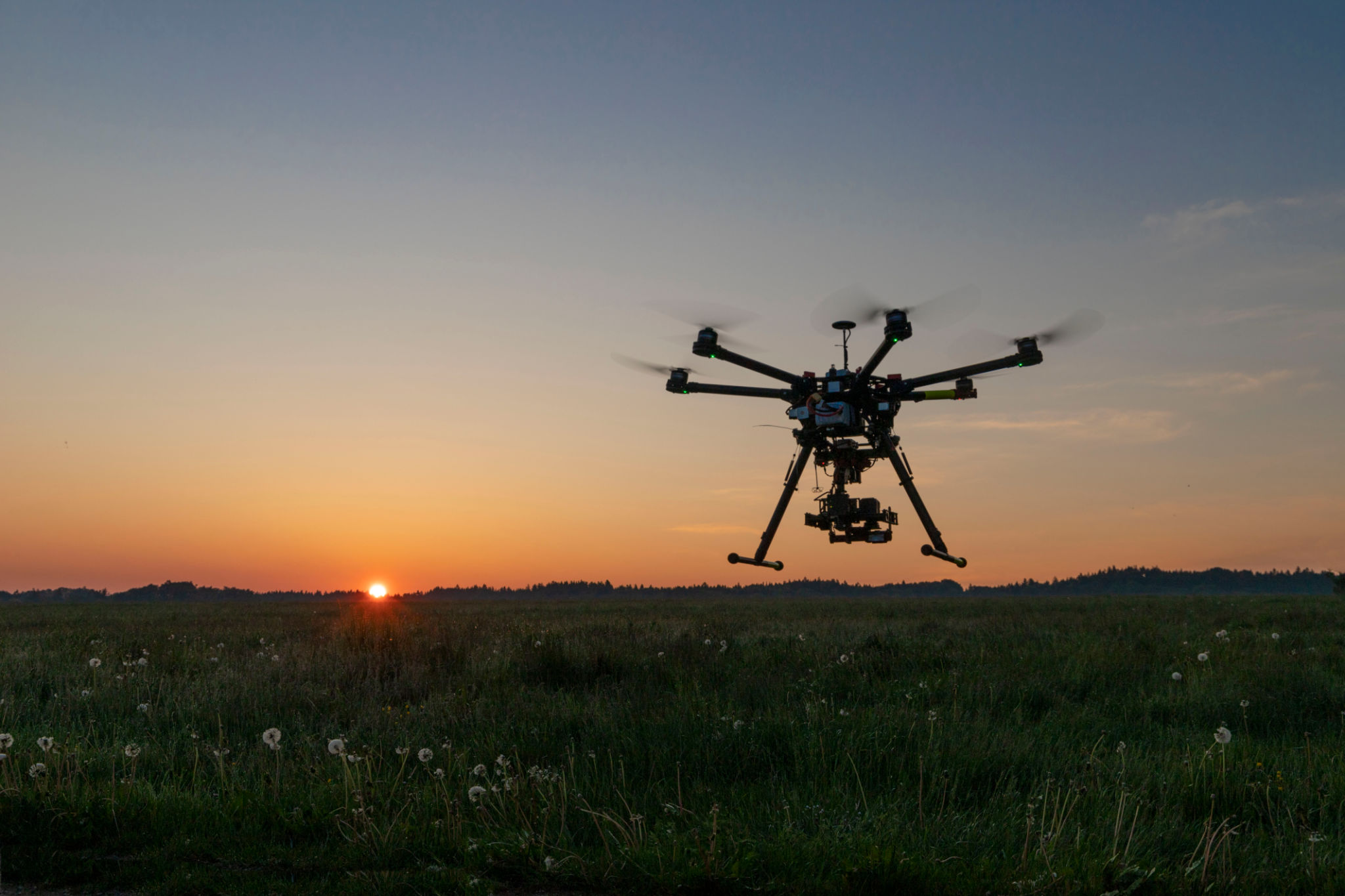The Role of Drones in Modern Wildlife Management: A Look into Alberta's Practices
The Rise of Drones in Wildlife Management
In recent years, drones have become an invaluable tool in various fields, and wildlife management is no exception. Alberta, with its vast natural landscapes and rich biodiversity, has adopted drone technology to enhance its wildlife conservation efforts. This innovative approach is revolutionizing how wildlife populations are monitored, habitats are assessed, and conservation measures are implemented.
The integration of drones into wildlife management practices offers a bird's-eye view of ecosystems, enabling conservationists to gather data more efficiently and effectively. By reducing the need for human intervention in sensitive habitats, drones minimize the potential for disturbance to wildlife while providing high-resolution imagery and data.

Monitoring Wildlife Populations
One of the primary applications of drones in wildlife management is the monitoring of animal populations. Drones equipped with high-quality cameras and sensors can capture detailed images and videos from above, allowing researchers to observe animals in their natural habitats without causing stress or disruption.
In Alberta, drones are used to track the movements and behaviors of various species, including endangered ones. This data helps in estimating population sizes and understanding migration patterns. For instance, drones have been instrumental in monitoring caribou herds, providing crucial information that aids in developing effective conservation strategies.

Assessing Habitats and Ecosystems
Another significant role of drones in Alberta's wildlife management is habitat assessment. Drones can swiftly cover large areas, capturing detailed images that help identify changes in vegetation, water levels, and land use. This information is vital for assessing the health of ecosystems and identifying potential threats.
By employing drones, researchers can efficiently map out regions that require restoration or protection. This proactive approach allows for timely interventions that safeguard habitats from degradation due to human activities or natural disasters.

Supporting Conservation Efforts
Drones play a supportive role in conservation initiatives by facilitating data collection that informs policy-making and resource allocation. In Alberta, these unmanned aerial vehicles (UAVs) assist in implementing measures to protect endangered species and mitigate human-wildlife conflicts.
For instance, drones have been used to monitor the effectiveness of conservation programs by providing before-and-after imagery that highlights improvements or areas needing further attention. This visual evidence is crucial for securing funding and public support for continued conservation efforts.
Challenges and Considerations
While drones offer significant advantages in wildlife management, their use is not without challenges. One primary concern is the potential for disturbance to wildlife if not operated carefully. Therefore, regulations are in place to ensure that drone use is conducted responsibly and ethically.
Additionally, technical limitations such as battery life and weather conditions can affect drone operations. However, ongoing advancements in drone technology continue to address these challenges, making them even more reliable tools for wildlife management.

The Future of Drones in Wildlife Management
The future looks promising for drones in wildlife management as technology continues to evolve. Alberta's innovative use of drones sets a precedent for other regions looking to enhance their conservation efforts. As drones become more advanced, their capabilities will expand, offering even greater insights into wildlife ecosystems.
Ultimately, the integration of drone technology into wildlife management practices not only benefits conservationists but also contributes to preserving biodiversity for future generations. By providing a safer, more efficient means of data collection and habitat assessment, drones are indeed paving the way for a new era in wildlife conservation.